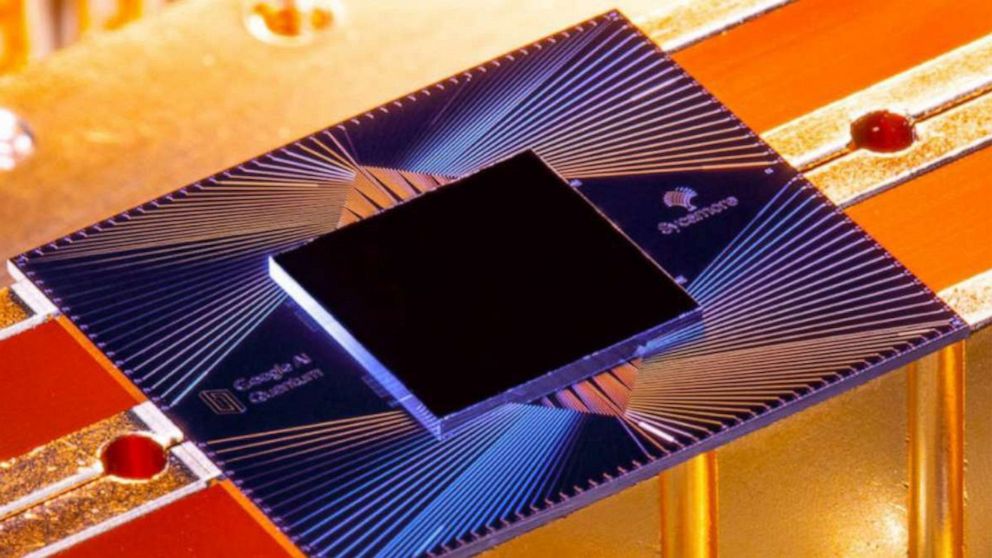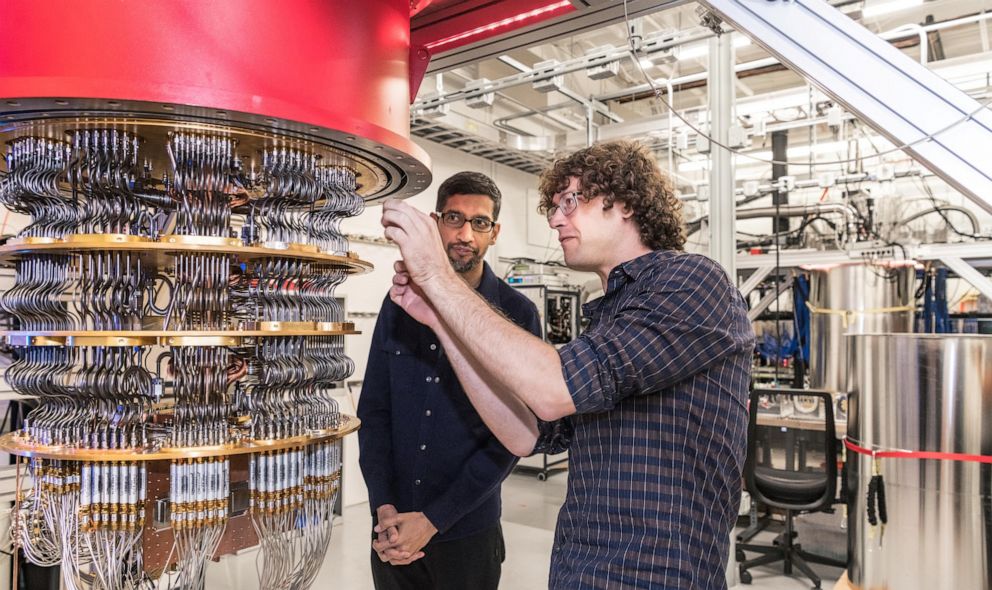Google claims its quantum computer can solve 'infeasible' problem in 200 seconds
It would take normal computer 10,000 years to solve the same problem.
Google announced Wednesday it designed a machine that would take only 200 seconds to solve a problem that the world's fastest computer would need 10,000 years to compute.
The results from the Sycamore machine were lauded by the company as "a milestone on the path to full-scale quantum computing" and a breakthrough called "quantum supremacy."
Quantum computers operate using quantum bits, which can be any combination of zero and one, unlike classical computers which run at either a state of one or zero. This allows quantum computers to process certain problems exponentially faster than their classical counterparts.
Quantum computers have been touted as a way to solve problems that the Earth currently does not have enough computational power to tackle.

However, Google's claim of a "breakthrough" was not celebrated by all.
Dario Gil, the director of IBM Researcher, had once called the claim of "quantum supremacy" misleading.
"Quantum computers are not 'supreme' against classical computers because of a laboratory experiment designed to essentially implement one very specific quantum sampling procedure with no practical applications," according to a written statement from Gil, published by Forbes.
IBM also questioned the estimation that it would take a classic computer 10,000 years to solve the problem used in the experiment.

The information technology company believes the problem could be solved on a classical system in 2.5 days, at most.
IBM said Google's error came from an erroneous assumption involving a computer's memory.
Google stood by their results in a statement to ABC News.
"With Sycamore we’ve demonstrated that we’re now in the NISQ era, performing on real hardware a computation that’s prohibitively hard for even the world’s fastest supercomputer, with more double exponential growth to come," a spokesperson said.
In a tweet, the company called the calculation on the Sycamore "infeasible on the fastest supercomputers."




